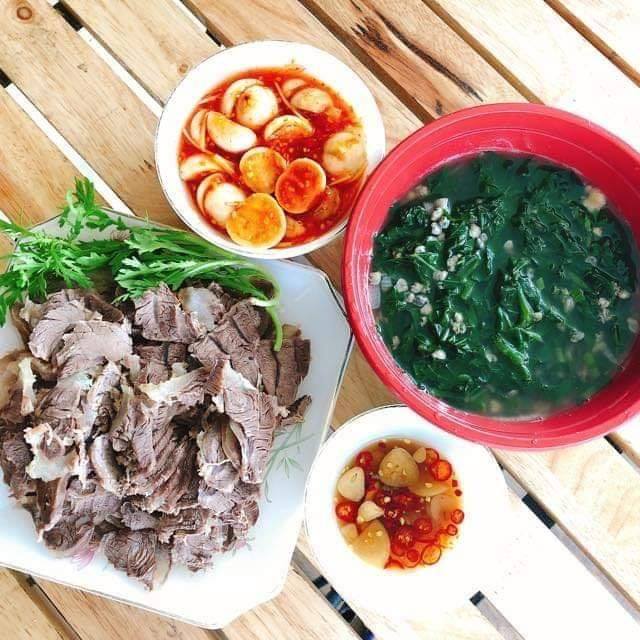Potamocorbula laevis is the type species of clam in the genus Potamocorbula of the family Corbulidae in Vietnam. Other Potamocorbula species in Vietnam include P. fasciata, P. ustulata and P. amurensis.
Potamocorbula is a genus of very small euryhaline clams, marine bivalve molluscs in the order Myida. Potamocorbula laevis is comparable to its relative Potamocorbula amurensis (overbite clam). In Vietnam, Potamocorbula clams are called dắt, and can be found along northern Vietnamese coasts and some lagoons in central Vietnam. In the estuaries of Thạch Hãn and Gianh Rivers in central Vietnam, there are also similar tiny estuarine clams, locally known as “chắt chắt“, but they are not yet morphologically identified.

- Scientific name: Potamocorbula laevis
- Family: Corbulidae
- Genus: Potamocorbula
- Synonyms: Aloidis laevis, Corbicula laevis
- Suggested English name: Asian overbite clam
- Vietnamese names: dắt, giắt
Uses
Potamocorbula clams are small as pea clams (Pisidium sp.) or bean clams (Donax sp.). In Vietnam, they are not farmed commercially, but sometimes harvested on the marine coast. In the past, overbite clams were often caught by poor laborers to be cooked into some dishes or sold to shrimp, crab or duck farmers at cheap prices.

In the past few years, Potamocorbula clams has been known as a nutritious food, becoming a specialty favored by city people and many tourists. In order to get the clam meat, clams are poached and then need to get hand-stirred rapidly in a colander inside a tub of water. Those overbite clams are often cooked with vine spinach (Basella alba), jute mallow (Corchorus olitorius), or in sour soup, scallion congee, or slow-fried with meat (pork)…


In central Vietnam, Potamocorbula clams are cooked like many other Corbula clam relatives: sauteed clams and served with rice crackers, or clam noodle soup.








